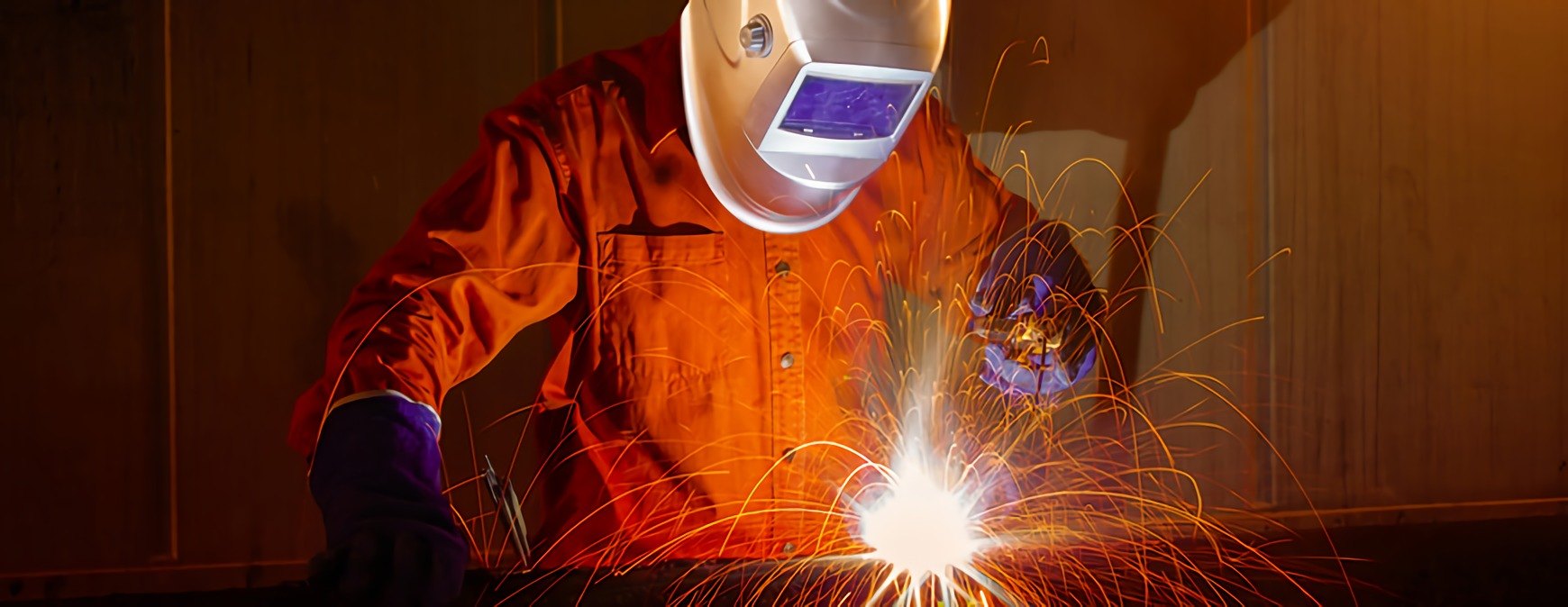TWS is a Great Training Option for Everyone
Learn more about how we can prepare you to advance your career.
Everyone makes the occasional mistake on the job. Welding is no different. Lack of practice or uncertainty may result in a bad weld. Here’s how to avoid three of the most common welding mistakes.
1. Slag Inclusion
Slag is a common occurrence for welders using the Self-Shielded Fluxcore Arc Welding (FCAW) process. One way to prevent slag is to ensure you are using the right speed and angle. Another way is to follow the manufacturer’s recommended voltage for your welding wire. Low heat input can cause slag. Preventing slag can be prevented simply by cleaning between welding passes. 1
2. Weld Porosity
Round holes within a weld bead indicate that the metal has too much trapped gas inside, a condition known as porosity. There are several ways you can prevent weld porosity. First, make certain that the cylinder is not out of gas. Second, ensure that there is no airflow—whether from tools or just an open window—that cycles gas into the liquid metal. Third, check that there is no liquid in and around the weld; heating the surface up past 220 degrees Fahrenheit will vaporize any liquid on the spot. 2 Finally, as with slag, cleaning base metals prior to welding can also help prevent porosity. Porosity is a fairly common welding error, and there are many reasons why it occurs. Taking a little care prior to welding can prevent porosity from occurring.
3. Broken Welds
You don’t have to be an expert in metallurgy, to know which metal you are welding. Along with knowing which metal you use will determine which filler you will use. 3 There are a few reasons why your weld can break. Over grinding and improper penetration are a couple reasons. In welding training, students often learn the specific heat capabilities of metals ranging from steel to aluminum: too little heat will create an improper bond, while too much heat can weaken the structure and jeopardize the capability of the weld.
Have You Considered a Career in the Skilled Trades?
Fill out the form to recieve a no obligation info packet.
Welding Preparation is Key
Everyone makes mistakes, but welders can minimize the risk of errors in their work by understanding the performance of metals and their tools. Cut down on common welding mistakes by properly preparing for the job and paying close attention to detail. If you’re just starting out in welding, or a more experienced welder, proper preparation, will likely decrease your chances of making mistakes and having your welds rejected.
1 – http://www.thefabricator.com/article/arcwelding/answers-to-6-faqs-about-fcaw-ss-
2 – http://www.thefabricator.com/article/arcwelding/22-possible-causes-of-weld-metal-porosity
3 – http://www.weldmyworld.com/blog/2012/03/5-reasons-why-a-weld-breaks.html
This blog has been labeled as archived as it may no longer contain the most up-to-date data. For a list of all current blog posts, please visit our blog homepage at https://www.tws.edu/blog/







